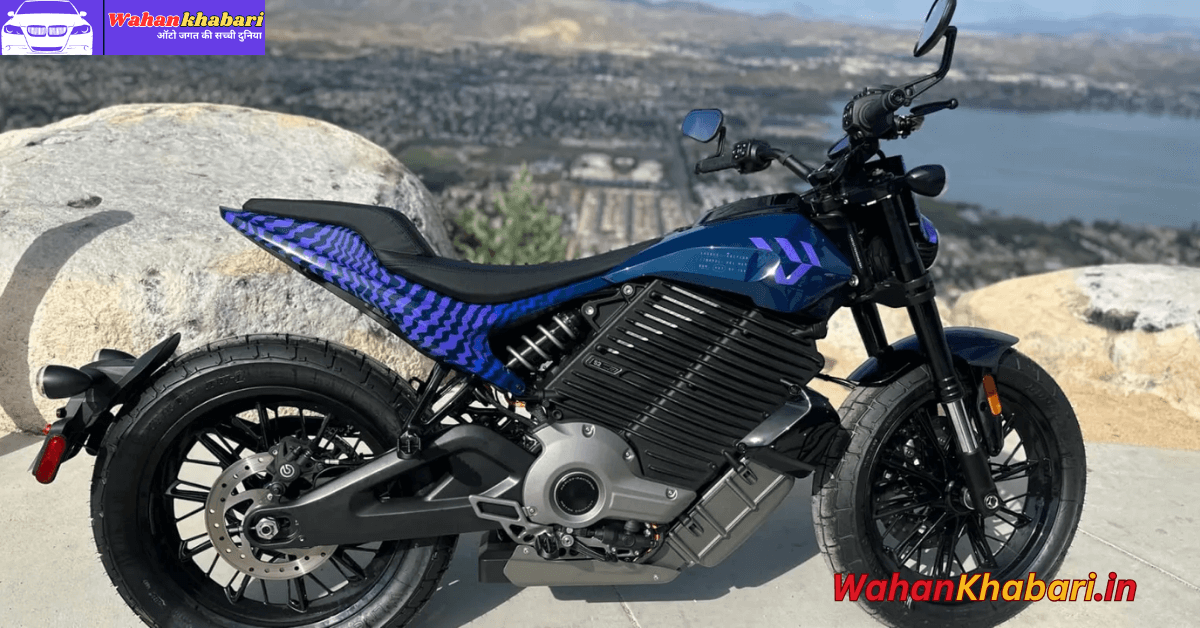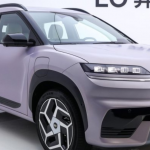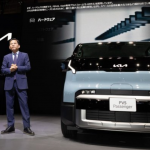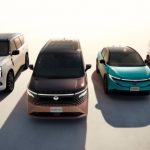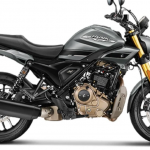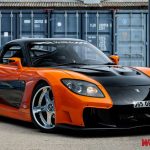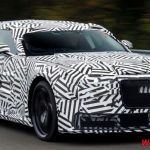Harley-Davidson’s electric offshoot, LiveWire, has dropped a major bombshell at its annual Homecoming event in Milwaukee: two all-new, pint-sized electric motorcycles. These are a radical departure from its high-end flagship models like the LiveWire One or Del Mar—smaller, lighter, more affordable, and designed for new riders and urban adventurers alike.
🎯 What are these bikes?
Dubbed “125cc equivalents,” both prototypes are built on a scaled-down iteration of the Arrow platform—likely the so‑called “S3” version rather than the full-sized S2. They come in two distinct flavors:
- Street Model – A sleek commuter designed for urban play: errands, joyrides, and easy city cruising.
- Trail Model – Featuring knobby tires and a more rugged stance, this version is ready for pump tracks, backyards, and light off-road use.
Gone are the massive frames and hefty batteries. These minis boast a minimalist trellis frame, inverted forks, single rear shocks, and—most notably—dual swappable batteries, a first for LiveWire.
⚙️ Key Specs & Performance
Although final specs are still under wraps, early info shows:
- Top speed: ~85 km/h (53 mph)
- Acceleration: 0–30 mph in ~3 seconds
- Range: Up to 160 km (100 miles), depending on the battery setup.
LiveWire confirms a seat height of ~30 inches, making these bikes more accessible to riders of various heights. Swappable batteries mean riders can carry extras for extended usage—a clever nod to convenience and practicality.
🤝 Why is this a big deal?
- Accessibility for all: Previously, LiveWire bikes like the One and Del Mar were premium-priced (up to $22,799), aimed at seasoned riders. These new models lower the barrier to entry significantly.
- Targeting a new demographic: LiveWire is clearly shifting focus toward younger, urban riders and beginners—especially those drawn to nimble, fun machines like the Honda Grom or Sur Ron. Reddit reactions capture this excitement: “Really hoping this can compete with Sur Rons on price.”
- Strategic cost play: Reports hint at a potential ~$5,000 price target, which would position these bikes as more affordable than even the cheapest gas-powered Harley ($9,999‑Nightster).
- Modularity & future-proofing: The adoption of swappable batteries suggests LiveWire is building a long-term, flexible platform that can evolve with rider demands.
🌍 Broader Context for LiveWire (and Harley)
- LiveWire spun off from Harley-Davidson in 2021, becoming the first publicly-traded electric motorcycle company.
- While the brand has suffered through losses and underwhelming sales (~600 units/yr), it’s aggressively pursuing multiple market segments—from premium to entry-level.
- The new small-bikes strategy aligns with Harley’s broader push to diversify its customer base, especially after disappointing sales in 2024.
📝 Potential Impact & Outlook
- Do these bikes matter? Absolutely. For most people, they’re just right—not overpowered, not overpriced. They’re practical, stylish, and designed for the way today’s urban riders move.
- Market positioning: These bikes serve as perfect counterparts to the larger S2 models. The street version appeals to city commuters; the trail version speaks to casual off-roaders.
- Production timeline: Expected to debut officially at EICMA 2025, with production likely commencing in late 2025 or early 2026.
🧭 Final Verdict
LiveWire’s new prototypes mark a turning point. They’re fun, accessible, and strategically priced—qualities that could revitalize the brand. They reflect a bold pivot from exclusive high-end EVs toward democratizing electric motorcycles.
If Harley-Davidson’s legendary roar once echoed across open roads, these bikes could bring quiet, electric hums to city streets and dusty trails alike. By blending youthful design, environmental consciousness, and everyday practicality, LiveWire is laying the groundwork for a new era in motorcycling—one where everyone can plug in and ride.
As these models transition from prototypes to production, they’ll be worth watching closely—because they might just electrify the way we think about two wheels.

Hello, my name is Muskan Kumari and I am an experienced Digital Marketer. I have been blogging for the last 3 years and I have special interest in SEO. Here I give you easy bikes and writes easy-to-understand reviews and news about the latest bikes, helping readers choose the best options.. My aim is to always provide you with accurate, new and useful information.
